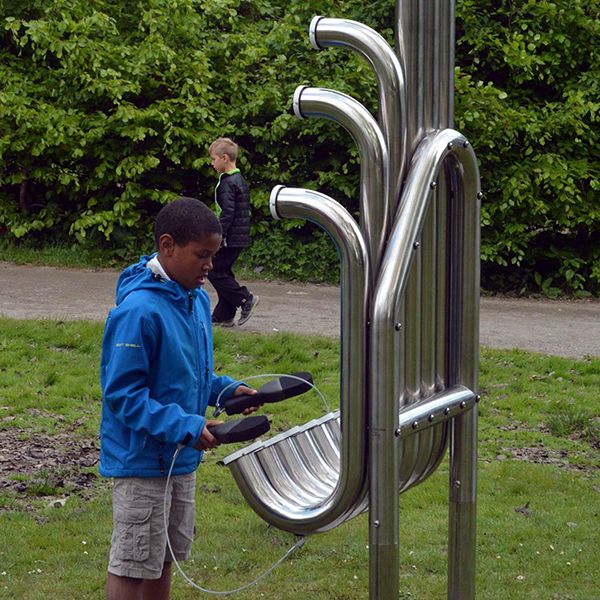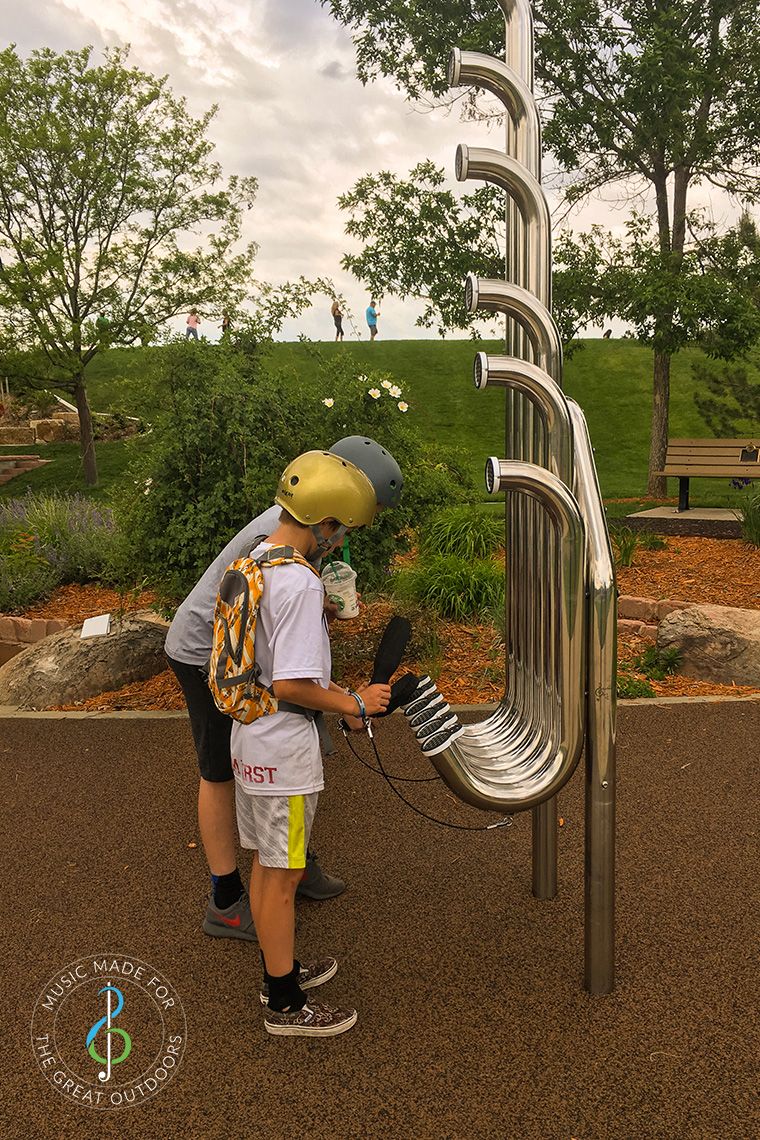Intriguing, Funky and Irresistible To Play - Tembos
Let us introduce you to one of our more intriguing instruments - our range of plosive aerophones we call Tembos. Tembos produce some very low, very mellow sounds, look intriguing and are utterly irresistible to play. So what is a plosive aerophone? how do you play one? and why the heck do we call them Tembos?
Plosive Sounds
Plosive aerophones are a category of musical instruments that vary considerably in style and called by a number of different names including batonkas and boom tubes, but ultimately they are from the same group of instruments identified as ‘slap tubes’ or ESPAS (End Struck Plosive Aerophones). Despite some popularisation of the concept by the Blue Man Group, they remain one of the greatest music-making ideas that most people have never heard of!
Humble Bamboo Beginnings
Plosive aerophones are musical instruments in which a body of air is set into vibration by a sudden blow. This family of percussion instruments includes; clay pot drums, tube drums (boobams or boombams), water drums, stamping tubes, and udu-style hand-percussion instruments. The history and roots of plosives are found in many different countries across the globe, and 'slap-tubes' have appeared in Brazil and Peru, Trinidad, Cuba, coastal Papua New Guinea and countless other places where fine bamboo is plentiful – the perfect natural tube material. The very first slap tubes were created using bundles of open-ended tuned bamboo tubes, arranged in formation in open-air locations and played by several players - moving and dancing to the music as it echoed off the surrounding mountains. The bamboo ends would be struck or ‘slapped’ with bats, rubber thongs or sandals. Not much has changed from this early concept, however, as 'slap tubes' headed west, musicians looking for new sounds adapted the materials used from bamboo to more industrial style 'tubing' such as PVC pipe.
So how is the sound produced?
When you strike the open end of the tube you give the air inside a little jolt. The jolt creates a vibration in the tube that can be heard. The tone produced depends on the length of the tube - longer tube = lower pitch, shorter tube = higher pitch - and by having a group of tubes of different lengths together you can create a musical scale. The diameter of the tubes can vary, however generally the larger the tube the louder the sound. Determining the length of the tubes and the musical scale they produce does require more than a little maths (Length = (Speed of Sound/Frequency) - Diameter) and numerous factors affect the tone including the materials used. To create a useful musical scale, you need at least five or six tubes and a suitable stand to hold them within.
Slap or Strike
There are different methods used to strike the tubes of an aerophone and you can vary the sound through the effort put into the ‘slap’. Striking the open end of the tube can be done with your open hand or some form of simple flat 'bat'. Flip flops (rubber thongs) or sandals are commonly used on homemade instruments.
When slapping the tube the ‘Bat’ should typically bounce off the tube-end immediately after striking - this is important - if it lingers it will sound flat. Then, as the vibration begins its journey along the tube, the (pretty funky) resonant tone will be heard. The ‘Bats’ should be both flat and wide, suitably padded and flexible so they cover the diameter of the tube and effectively ‘jolt’ the air. Playing with just the hands is possible but can be hard on the hands and the tone is not usually as loud.
Pentatonic Tembos from Percussion Play
Tembos from Percussion Play
At Percussion Play, when designing our own aerophones, we opted for marine-grade stainless steel because of its inherent corrosion resistance, workability, and attractive appearance - it sounds pretty good too!
Bends were added as necessary to ensure that all the tubes end up pointing in the same direction and to help ensure that the sounds produced from all tubes are equally loud when struck by the performer. This bendy shape reminded us a little of elephant trunks and so became the inspiration for the name Tembos - which means ‘elephant’ in Swahili.
Our Tembos are tuned to either the commonly used pentatonic (five-note) scale in the key of C-Major, a Blues scale (G, Bb, C, Eb, F, Gb, G) or C-Major Diatonic (C3-C4).
Also, there's no need to take off your flip flops or sandals just yet! Tembos come ready prepared with two EVA foam paddles made just for the job.
A stylish support structure holds the six or eight stainless steel pipes in a vertical orientation with the tallest standing over 3m in height, creating a truly visual and audibly stunning experience.

As with all Percussion Play products, many hours of research and development go into every detail to create products that will last for many years in any outdoor environment. Tembos will stand tall and proud and with little maintenance will go on creating their funky sounds for generations to enjoy.
Diatonic Tembos from Percussion Play

